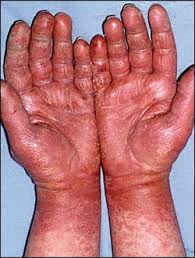Absolutely! Here’s a version that’s engaging, informative, and emphasizes the importance of skin signals without using shocking language, while incorporating sensitivity to different skin tones.
Your Skin Speaks Volumes: Unlocking Hidden Health Clues
Ever thought of your skin as a personal health monitor? More than just your body’s largest organ, your skin is a dynamic canvas that often provides vital clues about your overall well-being. From subtle shifts to noticeable changes, understanding these skin signals can be key to detecting underlying health concerns early, leading to timely treatment and better health outcomes.
Skin conditions, like the common acne or eczema, vary widely in how they look and feel. They can be temporary visitors or long-term residents, sometimes painless, other times causing discomfort. While many are benign, some can indeed be serious, even life-altering. Let’s explore some of these important skin messages.
Here are some common skin presentations and what they might be indicating:
Eczema (Atopic Dermatitis):
This condition often appears as patches that can range in color from pink or red on lighter skin tones to brown, purple, or gray on darker complexions. These areas may be itchy, scaly, and sometimes feel greasy or oily. Hair loss can also occur in affected regions. Eczema can be a sign of skin barrier dysfunction or an allergic predisposition.
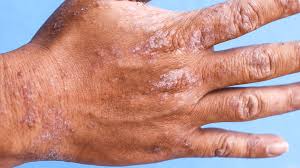
Blisters:
These are characterized by clear, fluid-filled pockets on the skin. They can be small (vesicles) or larger (bullae), appearing individually or in clusters, and can develop anywhere on the body. While a blister can be a simple reaction to friction or heat, recurring or widespread blisters can point to deeper issues like autoimmune conditions or severe infections.
Acne:
Most commonly found on the face, neck, shoulders, chest, and upper back, acne involves a range of blemishes including redness, blackheads, whiteheads, pimples, or deep, sometimes painful cysts and nodules. If left untreated, acne can lead to lasting scars or post-inflammatory hyperpigmentation (PIH), which appears as dark spots, especially noticeable on skin of color.
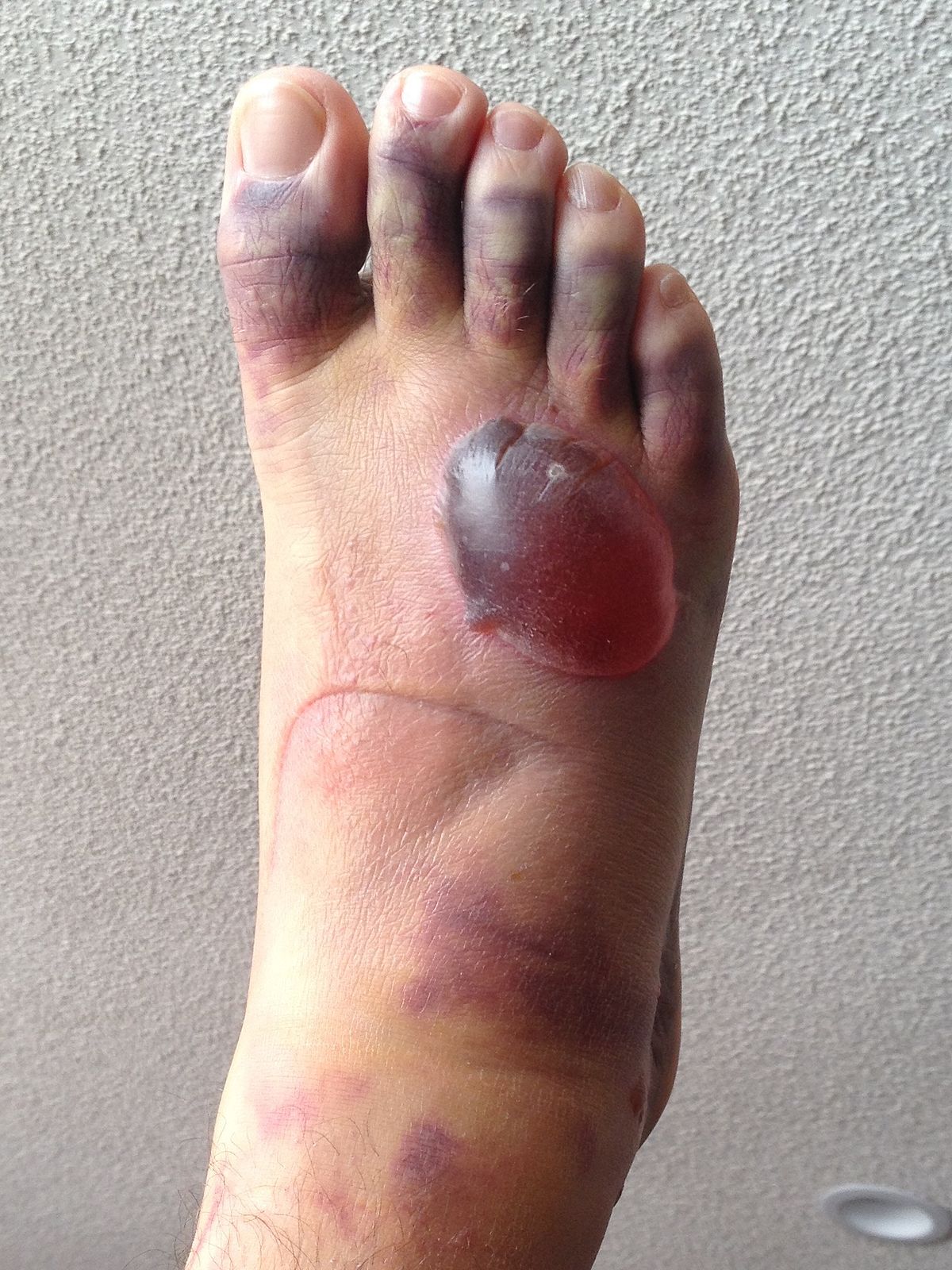
Cold Sores (Fever Blisters):
These manifest as red, painful, fluid-filled blisters, typically around the mouth and lips. You might feel a tingling or burning sensation before the blister even appears. Outbreaks can sometimes come with mild, flu-like symptoms such as a low fever, body aches, or swollen lymph nodes. While cold sores generally look similar across all skin tones, they can also cause PIH in individuals with darker skin.
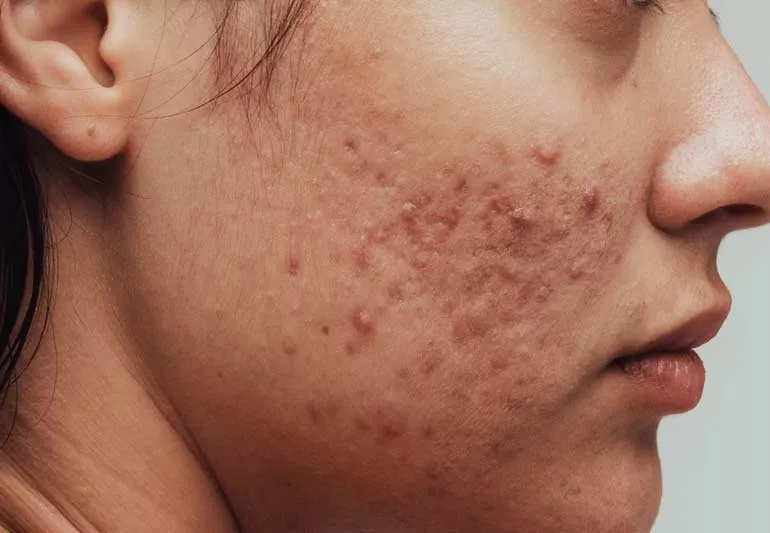
Cold Sores (Fever Blisters):
These manifest as red, painful, fluid-filled blisters, typically around the mouth and lips. You might feel a tingling or burning sensation before the blister even appears. Outbreaks can sometimes come with mild, flu-like symptoms such as a low fever, body aches, or swollen lymph nodes. While cold sores generally look similar across all skin tones, they can also cause PIH in individuals with darker skin.

Psoriasis:
This condition is characterized by distinctive scaly, silvery, and sharply defined skin plaques. On darker skin tones, these patches might appear dark brown or purplish. Commonly found on the scalp, elbows, knees, and lower back, these patches can be very itchy or, surprisingly, show no symptoms at all. Psoriasis is an autoimmune condition where skin cells grow too quickly.
Actinic Keratosis (Solar Keratosis):
Often a precursor to certain skin cancers, these appear as thick, scaly, or crusty skin patches, usually smaller than 2 cm. They frequently develop on sun-exposed areas like the hands, arms, face, scalp, and neck. The patches are typically pink but can have a brown, tan, or gray base. On darker skin, they might appear the same color as the surrounding skin, making them harder to spot. Regular skin checks are crucial for early detection.
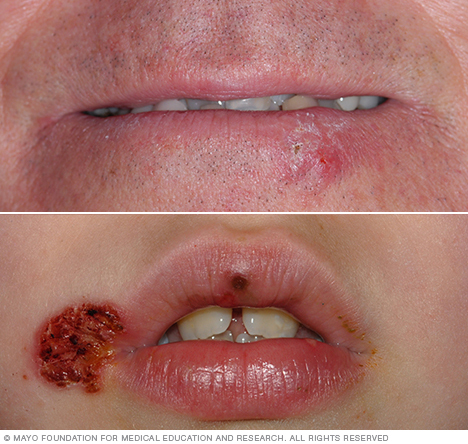
Hives (Urticaria):
These itchy, raised welts emerge after exposure to an allergen. They can feel warm and slightly painful to the touch. On lighter skin, hives usually appear red, while on darker skin, they might look raised or inflamed, appearing slightly darker or lighter than your natural skin tone. Hives vary in shape and size, signaling an allergic reaction.
Carbuncle:
This condition presents as a red, painful, and irritated lump beneath the skin, often accompanied by fever, body aches, and fatigue. The affected skin might also appear crusty or ooze. On darker skin, a carbuncle may take on a more violet hue. Carbuncles are typically a sign of a bacterial infection.
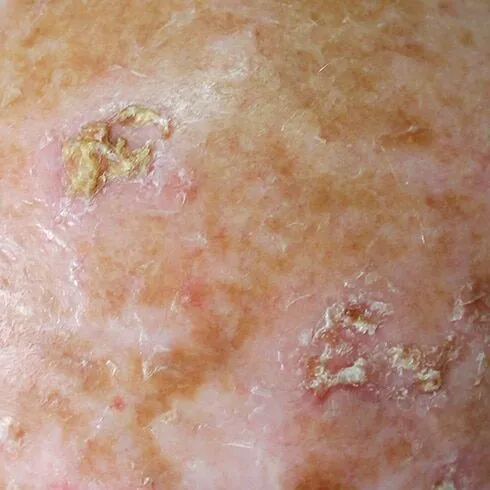
Rosacea:
This chronic skin disease is characterized by cycles of fading and relapse. Triggers can include spicy foods, alcoholic beverages, sunlight, stress, and certain gut bacteria. Symptoms vary across four subtypes but commonly involve facial flushing, raised red bumps, skin dryness, and sensitivity. Individuals with darker skin tones may notice brown discoloration or dry, swollen patches of darker skin, rather than prominent redness.
Beyond the Surface: When to Seek Professional Advice
Your skin’s signals extend far beyond common conditions like acne. It truly acts as a window into the health of your internal organs and systems. Ignoring persistent or unusual skin problems isn’t just a matter of beauty; it can allow more serious underlying issues to worsen. Many skin signals are indeed important red flags for more profound disorders.
Important Note: We are here to provide information for educational purposes only. This content is not intended to be a substitute for professional medical advice, diagnosis, or treatment. Always seek the advice of qualified medical specialists for any health concerns or before starting any new treatment. Your health is paramount, and early professional assessment can make all the difference.


